ASK THE MXPERTS: WHY AREN’T THERE MORE BRANDS MAKING 350s?
Dear MXA,
I’d love to own a 350cc motocross bike, but I have been loyal to Honda for the last 23 years and, unlike all of my friends, I can’t see myself riding orange. Why isn’t there a Honda CRF350, Kawasaki KX350, Suzuki RM-Z350 or Yamaha YZ350F?
There have been lots of 350cc offroad bikes from all of the major brands over the years, but that was both a long time ago and largely in the enduro and play bike markets. The original impetus for 350cc motocross bikes was not an organic development that was market driven by consumer demand. No one was asking for a 350cc four-stroke to be slotted between the 250cc and 450cc offerings. The original idea was generated by two bureaucrats, Youthstream’s Giuseppe Luongo and the AMA’s Steve Whitelock, who came up with the 350cc concept without asking for input from the major manufacturers. Giuseppe and Steve felt that 450cc motocross bikes were too powerful. Their plan was to have the AMA and FIM strong arm their respective rule books into regulating the maximum engine size down from 450cc to 350cc. They both used their bully pulpits to proselytize about the nirvana of a 350cc world.
 The 2011 KTM 350SXF was not a very good bike, but it got betterwith each passing model and is now in it’s 11th year of production.
The 2011 KTM 350SXF was not a very good bike, but it got betterwith each passing model and is now in it’s 11th year of production.
The problem for Luongo’s and Whitelock’s crusade was that no one at Honda, Yamaha, Suzuki or Kawasaki ever had any intention of building a 350cc motocross bike. Why not? The bottom line. If a manufacturer were selling 20,000 units, equally divided between 250cc four-strokes and 450cc four-strokes, and they made a 350cc four-stroke, the sales department predicted that sales would not increase by 33 percent, but that they would sell the same 20,000 units—only divided into three smaller groups. And, when they factored in the costs of R&D, castings, marketing, warehousing and promotion of a third model, they saw red ink.
Why did KTM bite on the 350cc idea if its competition balked? Three reasons:
(1) Niche marketing. KTM is a niche marketer. It hits the “Big Four” where they aren’t. Thus, KTM builds 50cc, 65cc, 85cc, 105cc, 125cc, 150cc, 200cc, 250cc, 300cc, 350cc, 450cc and 500cc bikes in a variety of forms (motocross, enduro, cross-country and dual sport). Finding niches (special products for special groups) has paid off for KTM, especially as the Japanese manufacturers have cut back drastically on off-road models, engine displacements and engine types (read two-strokes).
(2) Coincidence. At the time that Luongo and Whitelock were trying to make 350cc the standard size, KTM was planning to make a new mid-sized enduro engine to replace the very popular, but discontinued KTM 400 enduro bike. The mid-size KTM enduro concept was still in the prototype stage when Luongo and Whitelock began beating the 350 drums, thus KTM was mentally prepared to have a dog in the fight. According to sources, KTM shelved the enduro engine, which was probably in the 380cc region, and repurposed the R&D group to work on a 350cc motocross engine that could also be used as an enduro engine. Since KTM already had the mindset to build an engine of these dimensions, it became the only manufacturer to endorse the Luongo/Whitelock plan. It didn’t hurt that KTM Superstar Tony Cairoli was not a big fan of 450cc engines, thus they had a factory star willing to race a 350.
(3) Bosom buddies. No one can deny that KTM and Youthstream have a very chummy relationship. Whereas the Japanese teams are seen as outsiders, KTM is an insider. While its hard to prove that KTM gets favoritism from it’s close relationship with Luongo, you need look no further than a series of FIM rule changes made to accommodate KTM’s then 250cc star Jeffrey Herlings. Under FIM rules, Herlings had to move out of the 250 class after winning his second straight 250 World Championship. KTM didn’t want Herlings to leave a sure thing in the 250 class when they already had a sure thing with Tony Cairoli in the 450 class, so Luongo changed the 2014 rules so that Herlings could stay. Not surprisingly, once Herlings finally moved to the 450 class, the two-year rule was put back in the books. It is possible that KTM supported Luongo’s 350 idea out of loyalty for favors done.
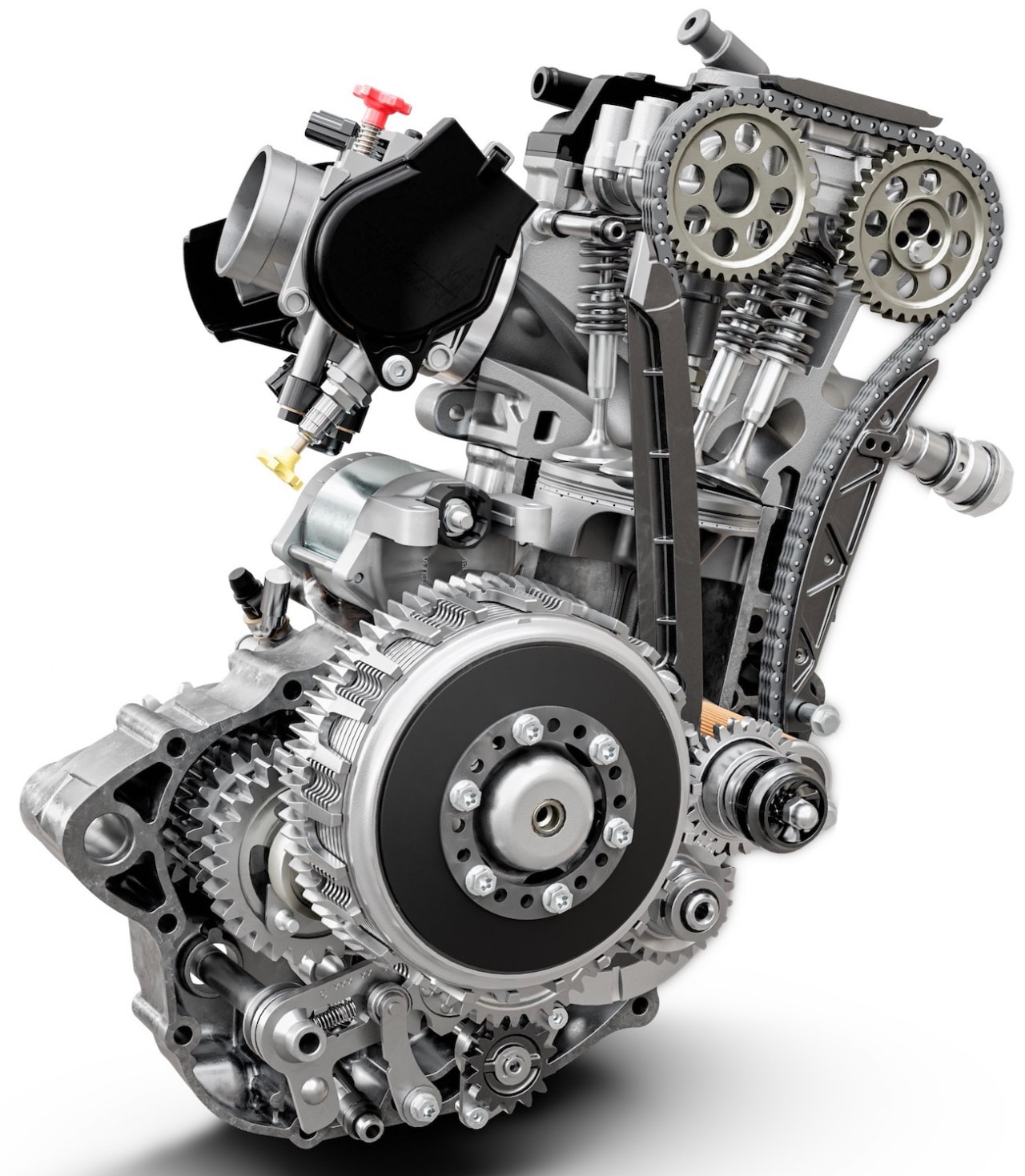 An inside look at the KTM 350 engine.
An inside look at the KTM 350 engine.
Why haven’t Honda, Yamaha, Suzuki and Kawasaki jumped on the 350cc bandwagon? After all, it has been a sales boon to KTM and Husqvarna. A lot of it has to do with bad timing. When the 350 idea came up in 2010, the world was in an economic recession. During this time, motorcycle sales in the USA fell by 650,000 units. The Big Four knew that introducing a new model in a climate where bikes weren’t selling was market suicide. They wanted to ride out the motorcycle sales slump by doing nothing more than what was necessary.
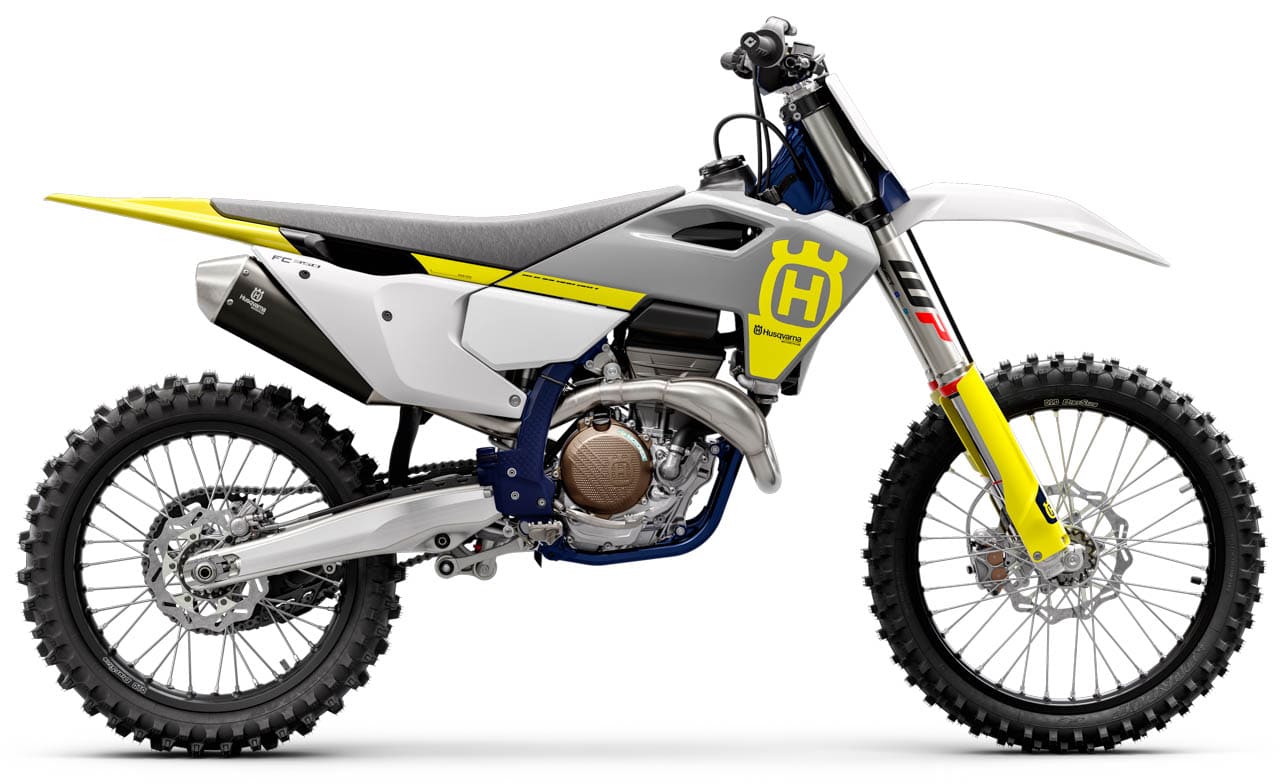 2023 Husqvarna FC350 four-stroke.
2023 Husqvarna FC350 four-stroke.
It’s no secret that the 350 is a success story and not the sales disaster that Honda, Yamaha, Suzuki and Kawasaki predicted. Every MXA test rider loves the 2022 KTM 350SXF, Husqvarna FC350 and, new in 2022, Gas Gas MC 350F. They have been touted as the best all-around motocross bikes for riders who think 450s are too big or think they are too big for a 250.
Why did KTM succeed when others thought it would fail? KTM didn’t stick its head in the sand during the recession. KTM got additional financial partners, most notably from India, and invested in new products, engines and designs. KTM actually grew during the recession, while everyone else shrank. The KTM 350SXF has been the star of the KTM hit parade since it first hit the showrooms in 2011. It is KTM’s best-selling engine size next to its 250/300 two-stroke engines, which three of the Big Four don’t make, either.


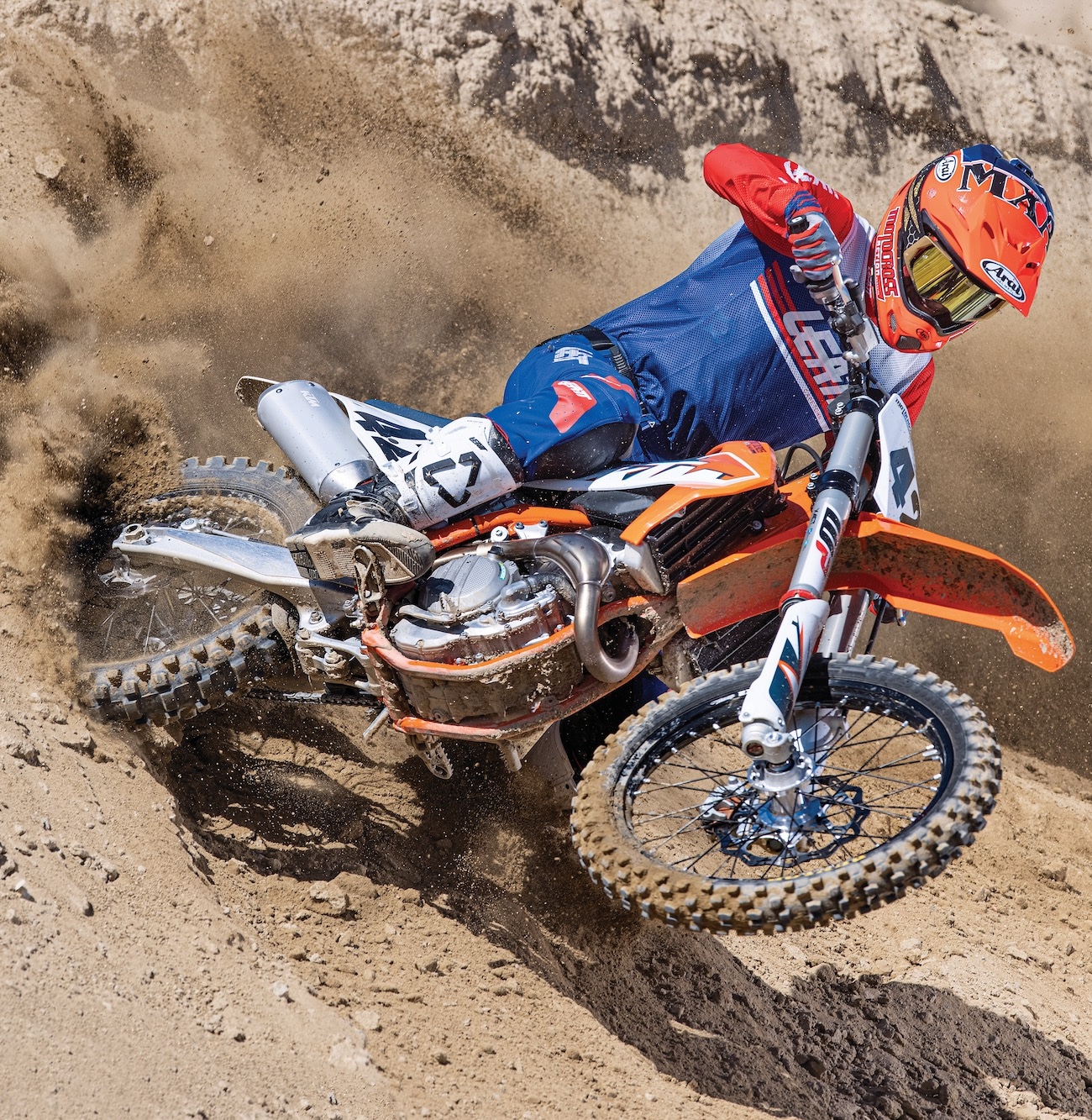
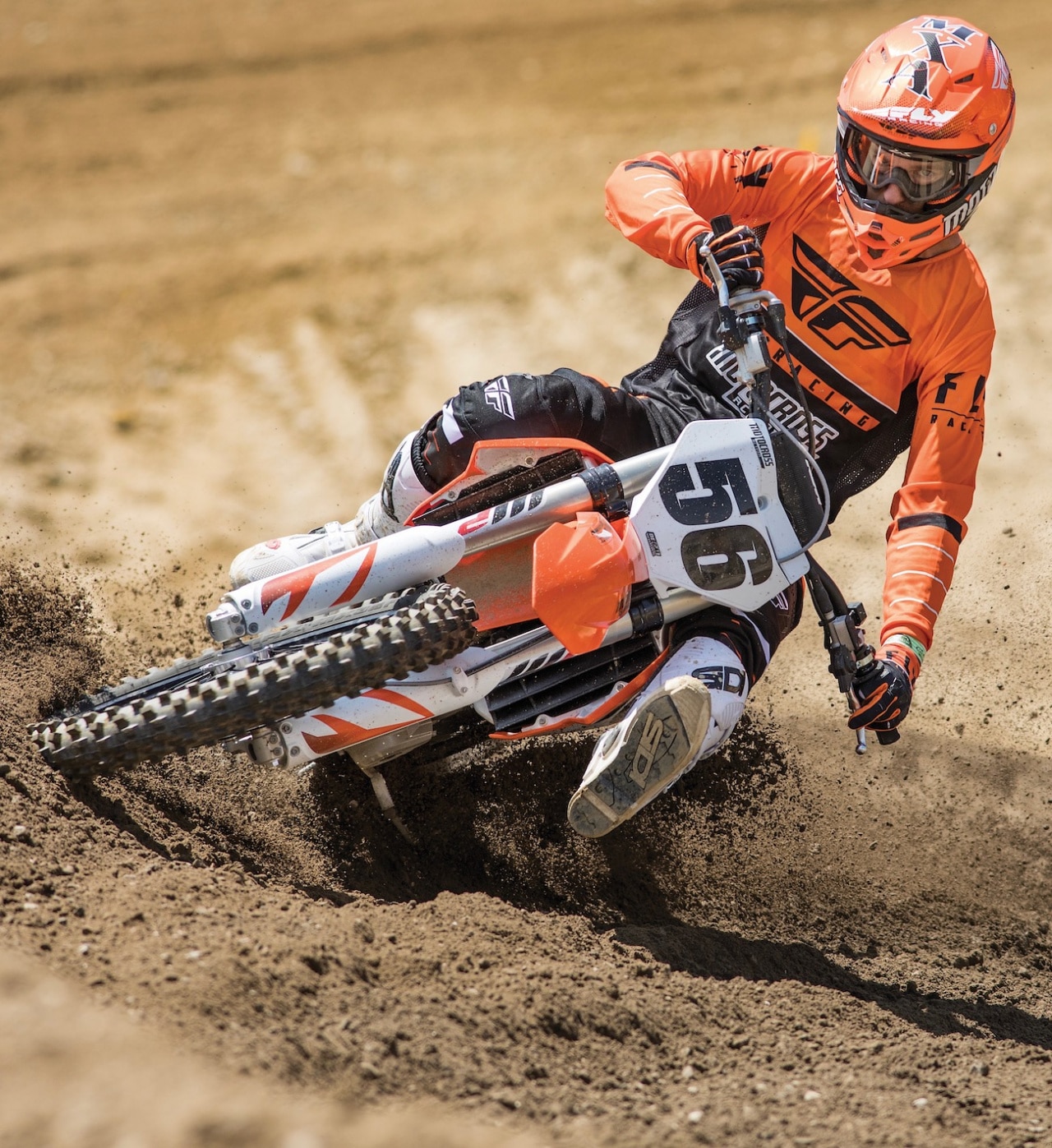
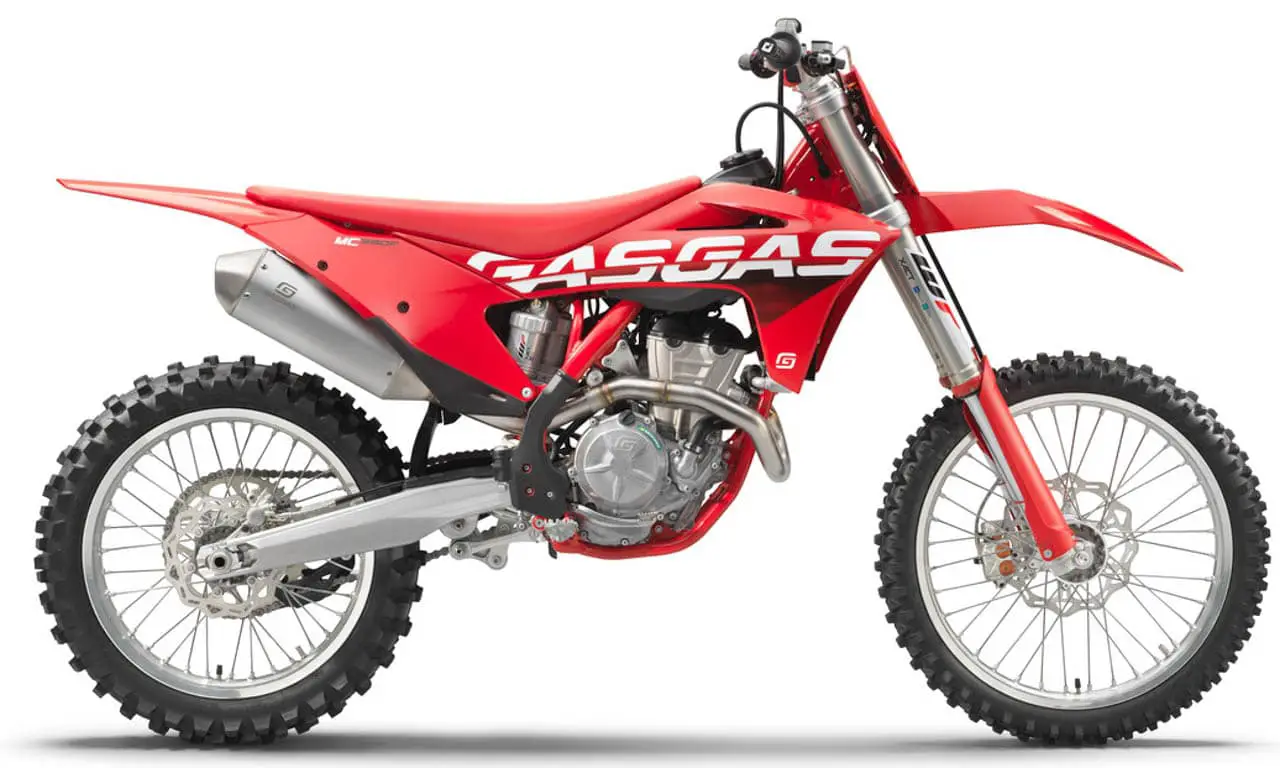



Comments are closed.